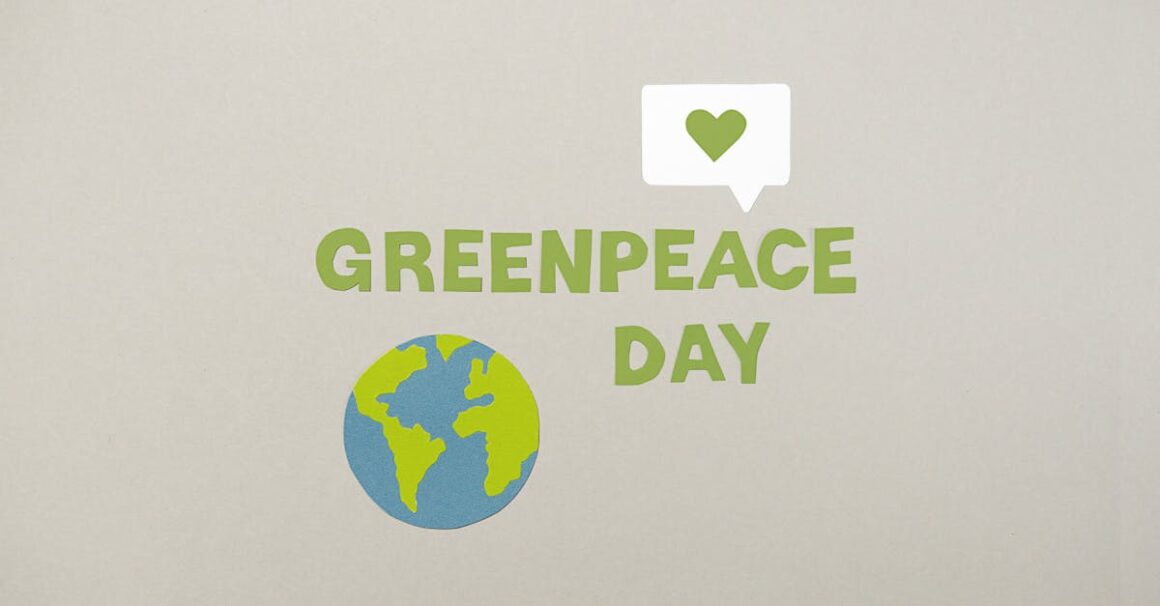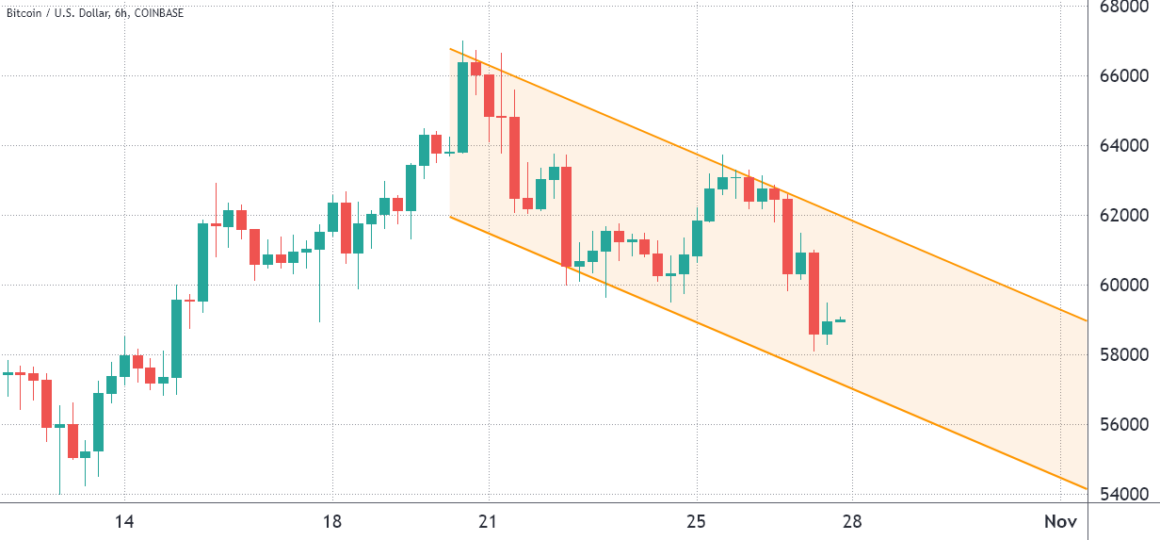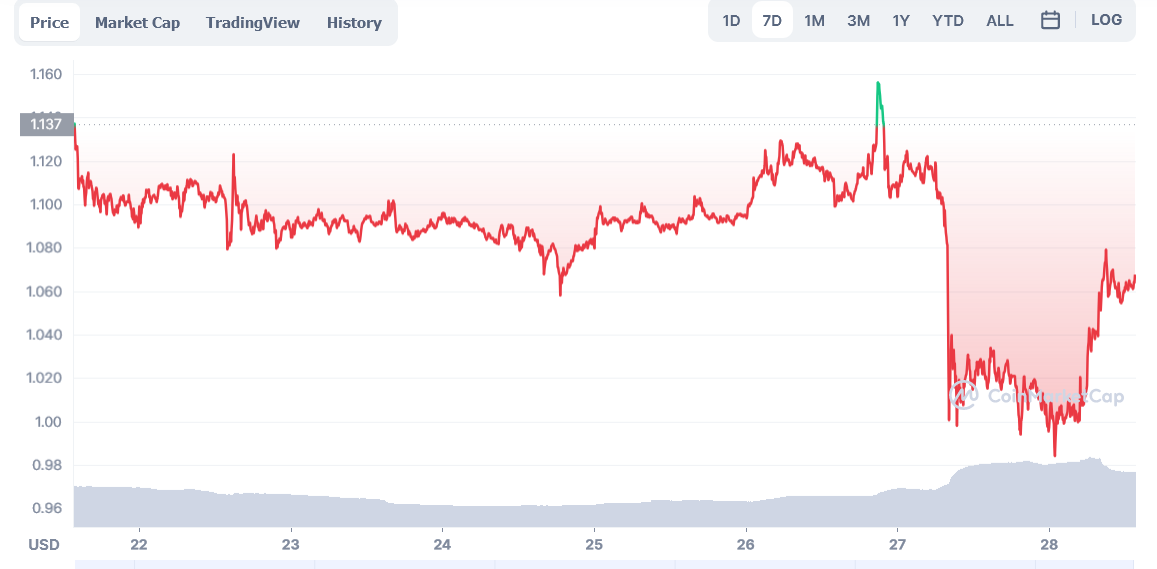Bubble letters have become an iconic element in graffiti art since their emergence in the 1970s New York street scene. These rounded, inflated letterforms bring a playful yet bold aesthetic to walls murals and tags while maintaining excellent readability even from a distance.
Artists worldwide have embraced bubble letters as a fundamental graffiti style thanks to their versatility and visual appeal. From simple outlines to complex 3D effects these puffy characters can be customized with shadows highlights and color transitions to create stunning pieces. Whether they’re crafted by seasoned writers or aspiring artists bubble letters continue to evolve while staying true to graffiti’s core artistic principles.
Graffiti:3n0too5ubmw= Bubble Letters
Bubble letter graffiti represents a distinct visual style characterized by rounded letterforms with soft, inflated edges. These curved letters create a three-dimensional effect that adds depth and visual interest to graffiti compositions.
Origins of Bubble Style Letters
Phase 2, a pioneering New York graffiti artist, introduced bubble letters to the street art scene in 1972. The style emerged as a response to the need for quick execution while maintaining visibility across urban landscapes. Early bubble letters appeared on subway cars in Manhattan’s Upper West Side, featuring simple rounded shapes that evolved into more complex designs. By 1975, bubble style had spread throughout the five boroughs, with artists like Stay High 149 and Super Kool 223 developing distinctive variations.
- Base Shape
- Rounded outer contours
- Symmetrical letter proportions
- Connected curves at corners
- Construction Lines
- Primary outline thickness of 2-3 inches
- Equal spacing between letters
- Consistent baseline alignment
- Dimensional Elements
- Inner shadow placement
- Highlight positioning
- Drop shadow angles
- Color Application
- Fill colors for letter body
- Outline contrast colors
- Highlight tones
- Technical Features
- Smooth curve transitions
- Balanced negative space
- Uniform letter width
| Element | Standard Measurement | Purpose |
|---|---|---|
| Letter Height | 12-18 inches | Optimal visibility |
| Spacing | 2-3 inch gaps | Letter separation |
| Outline Width | 1-2 inches | Definition |
| Corner Radius | 2-4 inches | Roundness |
Essential Tools for Creating Bubble Letters
Creating professional bubble letters requires specific tools that enable precise control and clean execution. The following sections detail the essential equipment and preparation techniques for optimal results.
Choosing the Right Markers and Sprays
Professional graffiti markers include Molotow markers, Krink markers and Montana markers, each offering different line widths from 2mm to 60mm. Paint sprays come in specialized formulations:
- Montana BLACK series (high-pressure) for precise outlines
- Montana GOLD series (low-pressure) for filling large areas
- Molotow Premium sprays with exchangeable caps for line control
- Paint markers with chisel tips for detailed work
- Uni Posca markers for practice sessions
Cap selection affects spray patterns:
- Skinny caps (0.5-1.5cm lines) for outlines
- Fat caps (5-15cm coverage) for fills
- Level 1-3 caps for controlling paint flow
- Clean surfaces with isopropyl alcohol to remove oils debris
- Apply primer on porous surfaces like concrete brick
- Sand rough areas with 120-grit sandpaper
- Mark guidelines using chalk or removable pencils
- Test paint adhesion on a small area
- Apply base coat for complex surfaces
- Create reference points at 15cm intervals
- Mask adjacent areas with painter’s tape
| Surface Type | Recommended Primer | Drying Time |
|---|---|---|
| Concrete | Montana Level 1 | 30 minutes |
| Metal | Rust-X Premium | 45 minutes |
| Wood | All-Surface Seal | 60 minutes |
Step-by-Step Bubble Letter Formation
Creating bubble letters in graffiti requires mastering fundamental shapes and systematic building techniques. The process involves constructing basic letterforms followed by adding dimensional elements that create a distinctive inflated appearance.
Basic Letter Construction
- Draw guidelines at 45-degree angles to establish letter height
- Sketch basic letter shapes using rounded corners instead of sharp angles
- Create equal spacing between vertical strokes (2-3 inches)
- Round all external corners with a consistent radius (1-1.5 inches)
- Connect curved segments smoothly to straight sections
- Maintain uniform stroke width (2-4 inches) throughout letters
- Balance negative space between letters for readability
| Letter Component | Standard Measurement |
|---|---|
| Stroke Width | 2-4 inches |
| Corner Radius | 1-1.5 inches |
| Letter Spacing | 2-3 inches |
| Height-to-Width Ratio | 1:1.5 |
- Start with light sketching on one side of each letter
- Apply consistent 3D extensions (1-2 inches deep)
- Create parallel lines for dimensional effects
- Add highlights on upper left corners
- Place shadows on lower right sections
- Include cast shadows beneath letters
- Layer color gradients from light to dark
- Define edges with sharp outlines (0.5-inch width)
| Dimensional Element | Typical Measurement |
|---|---|
| 3D Extension | 1-2 inches |
| Outline Width | 0.5 inches |
| Shadow Angle | 45 degrees |
| Highlight Width | 0.25-0.5 inches |
Styling and Embellishment Techniques
Bubble letter styling transforms basic letterforms into dynamic visual elements through strategic color application and dimensional effects. These techniques enhance the overall impact and legibility of graffiti pieces while maintaining the characteristic rounded aesthetic.
Color Theory for Bubble Letters
Color selection in bubble letters follows specific principles to create visual hierarchy and depth. Primary colors serve as fill colors, while complementary colors create outlines and highlights. Here’s a structured approach to color application:
- Apply base colors in gradients from light to dark (top to bottom)
- Use contrasting colors for outlines (80% darker than the fill)
- Incorporate color transitions at 45-degree angles
- Maintain 3-5 colors per piece for optimal visibility
- Position warm colors forward and cool colors backward
| Color Combination | Purpose | Visual Effect |
|---|---|---|
| Yellow + Orange | High visibility | Forward projection |
| Blue + Purple | Depth creation | Receding effect |
| Red + Black | Strong contrast | Bold definition |
| Chrome + Blue | Metallic finish | Dimensional pop |
Creating Highlights and Shadows
Highlights and shadows add three-dimensional depth to bubble letters through calculated placement and color values. The technique involves:
- Position highlights at 45-degree angles from the top-left
- Create shadows at 45-degree angles from the bottom-right
- Apply highlights at 20% lighter than the base color
- Make shadows 40% darker than the base color
- Keep highlight width at 1/8 of letter stroke
- Maintain shadow extension at 1/4 of letter height
Shadow Types:
- Drop shadows (offset parallel to letters)
- Perspective shadows (extending at angles)
- Inner shadows (depth within letters)
- Cast shadows (ground projection)
- Edge highlights (along curved surfaces)
- Corner accents (at letter intersections)
- Reflection points (centered on bulges)
- Rim lighting (outer edges)
Taking Your Bubble Letters to the Next Level
Advanced bubble letter techniques transform basic letterforms into complex artistic expressions through layered effects, dynamic compositions, and specialized finishing methods. These enhancements elevate simple bubble letters into sophisticated graffiti pieces while maintaining their characteristic roundness.
Advanced Design Elements
- Create overlapping effects by positioning letters with 30% overlap for visual depth
- Add chrome effects using 5-7 gradient tones from light silver to dark gray
- Incorporate drips extending 2-4 inches from letter bases
- Apply beveled edges with 45-degree angles for metallic appearances
- Include decorative elements: stars, arrows or sparkles placed at letter intersections
- Design letter breaks with clean 90-degree cuts for dimensional effects
- Implement wild style elements while maintaining bubble roundness
- Add secondary outlines 0.5 inches thick in contrasting colors
- Inconsistent letter width between characters disrupts visual flow
- Uneven corner radiuses break the bubble effect uniformity
- Oversaturated color combinations reduce legibility at distance
- Improper spacing creates unwanted letter merging
- Misaligned baselines distort overall composition balance
- Incorrect highlight placement flattens dimensional effects
- Heavy outlines overwhelm interior letter details
- Sharp angles conflict with bubble letter roundness
- Poorly planned letter connections create awkward transitions
- Unbalanced negative space diminishes overall impact
Each section builds on the previous content while introducing new concepts specific to advanced bubble letter techniques. The structure maintains the article’s flow while avoiding repetition of earlier information about basic construction methods.
Bubble letter graffiti stands as a testament to the enduring creativity within street art culture. From its humble beginnings in 1970s New York to its current global influence the style continues to captivate artists and viewers alike. The combination of technical precision artistic expression and visual impact makes bubble letters an essential element in modern graffiti.
Artists who master bubble letter techniques unlock endless possibilities for creating stunning works that command attention. Through proper tools careful preparation and attention to detail anyone can develop their skills in this dynamic art form. The future of bubble letter graffiti looks bright as new generations continue to push creative boundaries while honoring its rich heritage.
Our Founder and Chief Enthusiast: With a background that’s a wild mix of tech enthusiasm, finance, and a short stint believing blockchain was a new martial arts technique, Matej is the heart and soul of TheBlockchainBrief.com. He’s got more passion for cryptocurrency than most people have for coffee, and that’s saying something.



